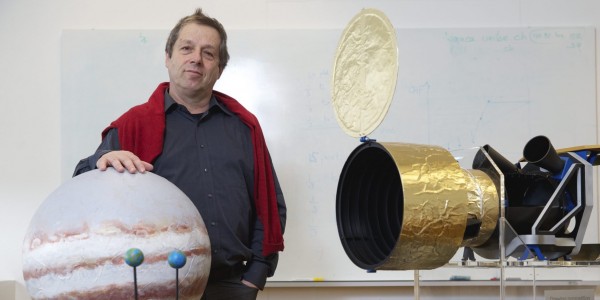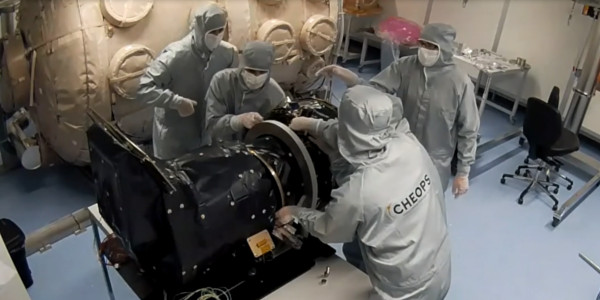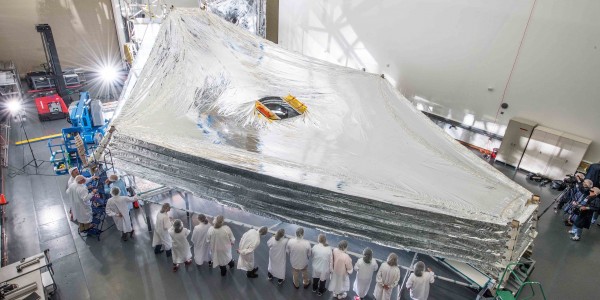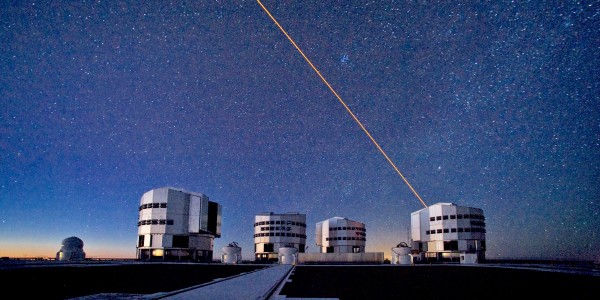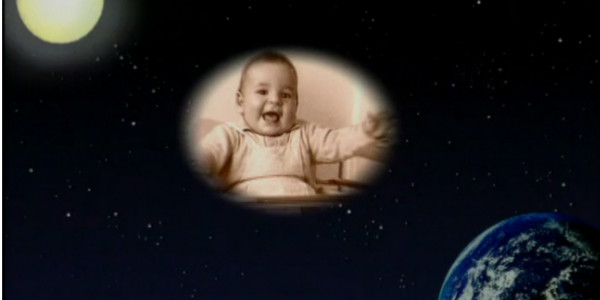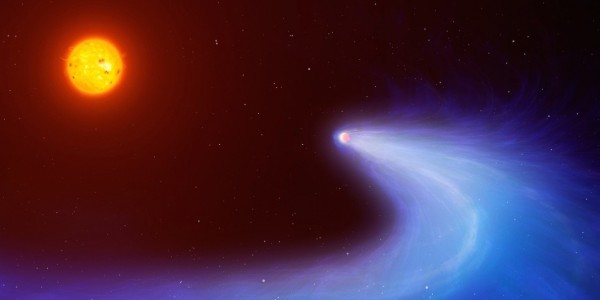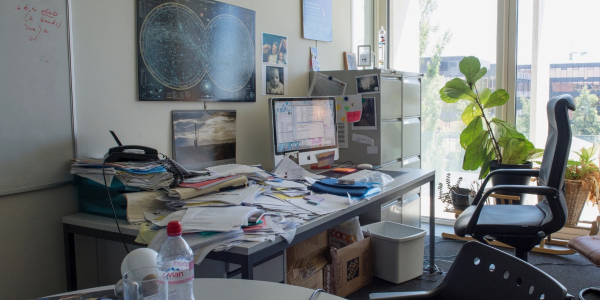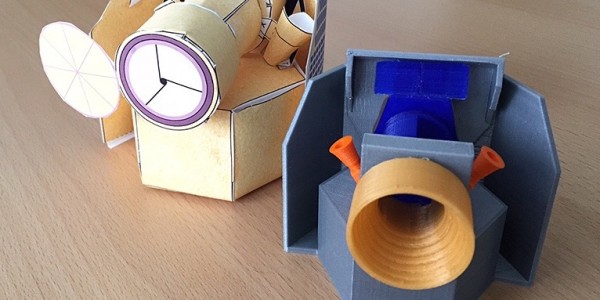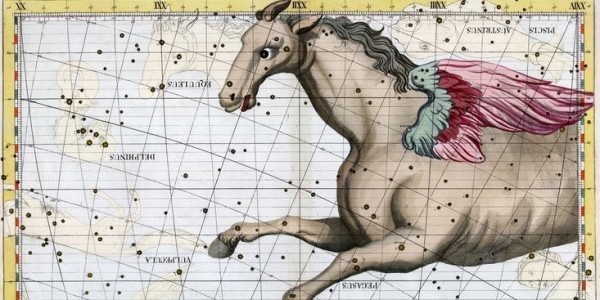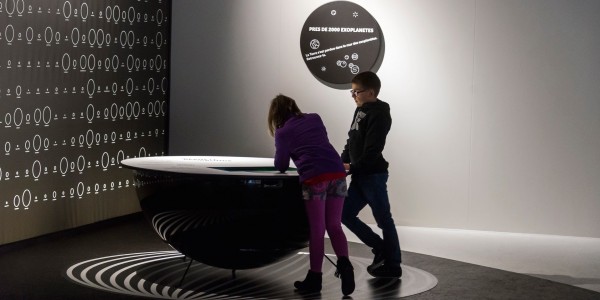External Newsletter
NCCR PlanetS
Dear Reader, Almost 2000 exoplanets have been found since our colleagues Michel Mayor and Didier Queloz discovered the first one orbiting a solar-type star exactly twenty years ago. Such an incredible explosion in number is due for one part to the development of instruments with increasing performances and for another part to the fact that […]
Continue ReadingTesting CHEOPS at the University of Bern
The space telescope dedicated to characterize exoplanets is taking shape. A camera installed in a clean room shows how the CHEOPS team prepares the structural and thermal model for tests in the vacuum chamber. In the huge test chamber the CHEOPS engineers run thermal cycles on the telescope’s structural and thermal model (STM): under vacuum […]
Watch Video“James Webb is a challenging mission”
Observing exoplanet transits will be one of the big science areas of the James Webb Space Telescope (JWST), says Mark Clampin, Observatory Project Scientist of the JWST at NASA’s Goddard Space Fight Center. He was one of the speakers at a conference in July in Bern where 185 participants from all over the world discussed […]
Continue ReadingSPHERE – the planets’ photographer
Only a few exoplanets have been photographed directly, the others were found in indirect methods. In order to detect and characterize exoplanets by imaging, a consortium in which members of PlanetS are involved, designed SPHERE (Spectro Polarimetric High contrast Exoplanet REsearch), an instrument capable of photographing a planet up to a million times fainter than […]
Continue ReadingWhere it all started in 1995
When Michel Mayor and Didier Queloz found the first exoplanet orbiting another solar-type star twenty years ago, Swiss TV documented the historic discovery. Have a look at the young researchers in this video that was first broadcasted on 7 December 1995.
Watch VideoWhat the “comet planet” tells us
Gliese 436b (also called GJ 436b) could perhaps explain the past of our atmosphere and its future. This planet that looks like a comet because of its huge hydrogen tails arouses great interest among several PlanetS astronomers. They have just demonstrated in an article in “Nature” that the hydrogen contained in the planet’s atmosphere is […]
Continue ReadingHow an astronomer works
Looking through a telescope is a thing of the past. Visit the office of Michael Meyer, Professor at ETH Zurich and member of PlanetS, to find out what his most important tools for creative science are. Just click on the small magnifying glasses that you see on the rectangular areas on the image. Hint: To […]
Continue ReadingCHEOPS made with a 3D printer
Real space enthusiasts would like to own at least a model of spaceships and satellites. Until now the ESA space telescope CHEOPS that is realized under the lead of the University of Bern was available as a paper model only. Now you can print CHEOPS on a 3D printer. You may download data files and […]
Continue ReadingGlancing into the skies
Each month the night sky holds many beautiful and interesting objects that we can observe if the weather gods allow. The focus of this article is on the second half of August and on objects that can be seen by the unaided eye. Instead of hunting exoplanets, we will look out for the brighter planets in […]
Continue ReadingA life elsewhere for children
Although its “Exoplanètes” exhibition is aimed to a wide audience, the Natural History Museum of Geneva is also targeting children by offering them exhibition-related activities. As a partner of “exoplanets” the NCCR PlanetS is therefore organizing activities for children entitled “could we live elsewhere” every Wednesday afternoon in August and September. As a first approach, […]
Continue Reading
